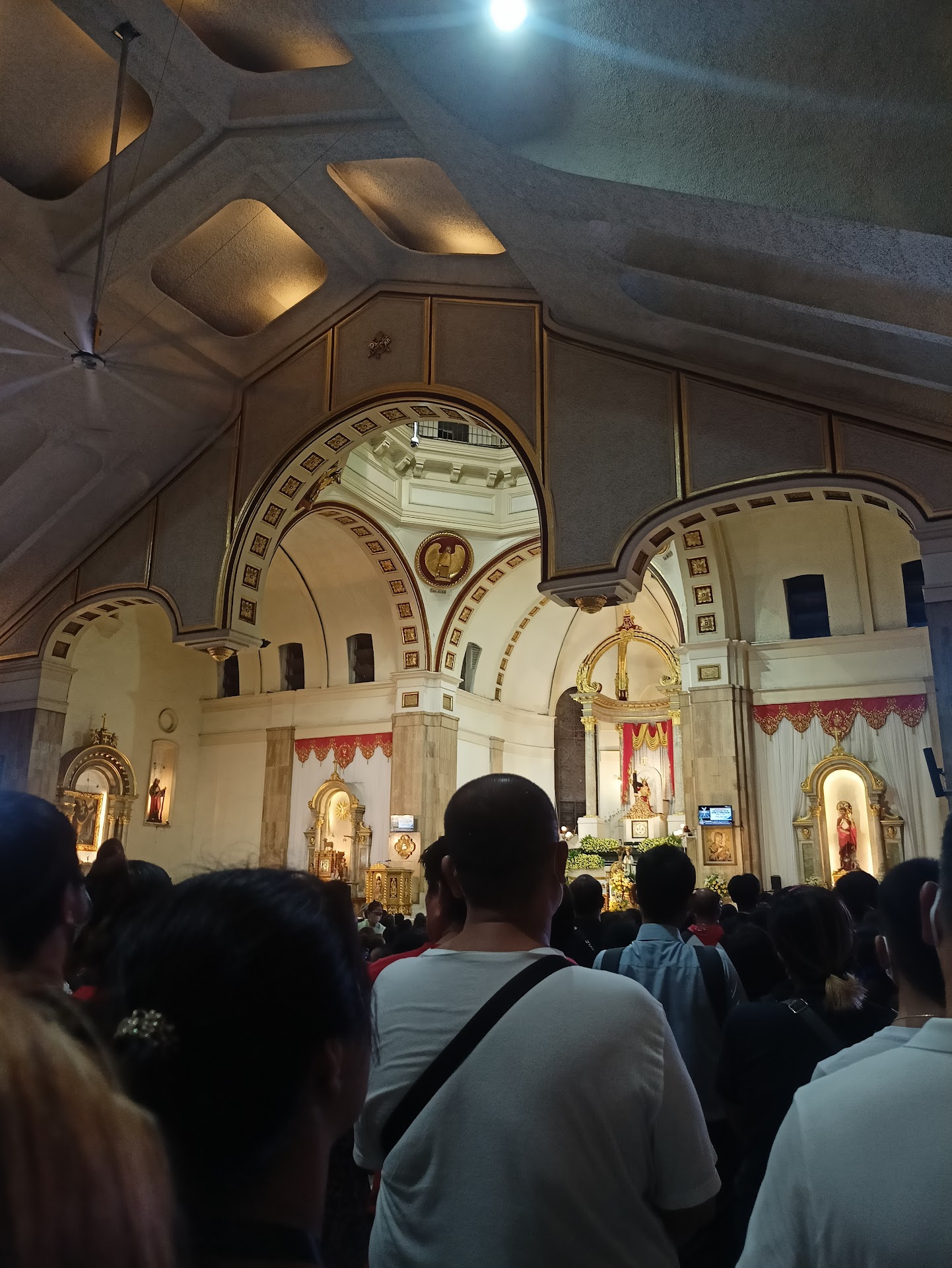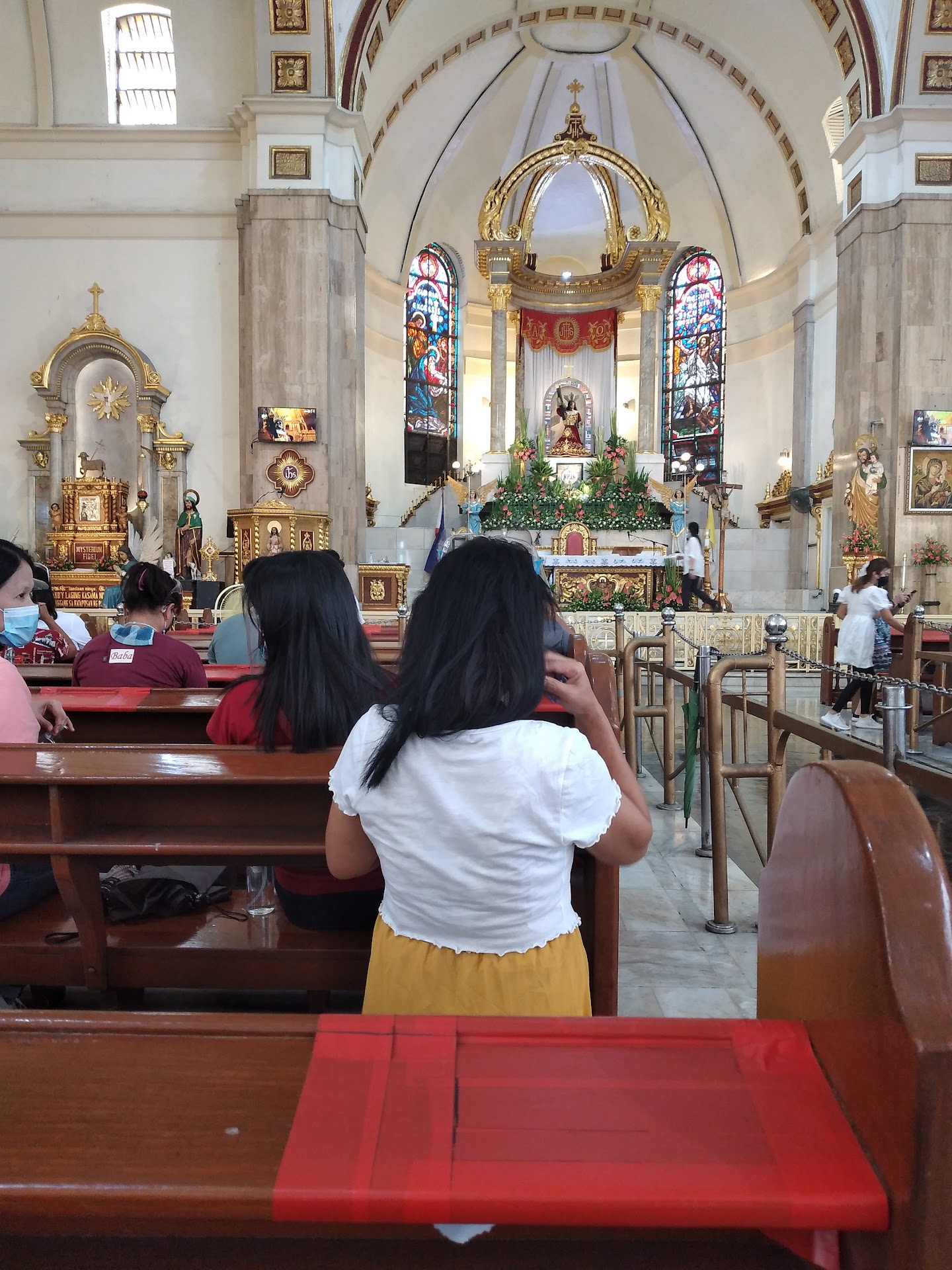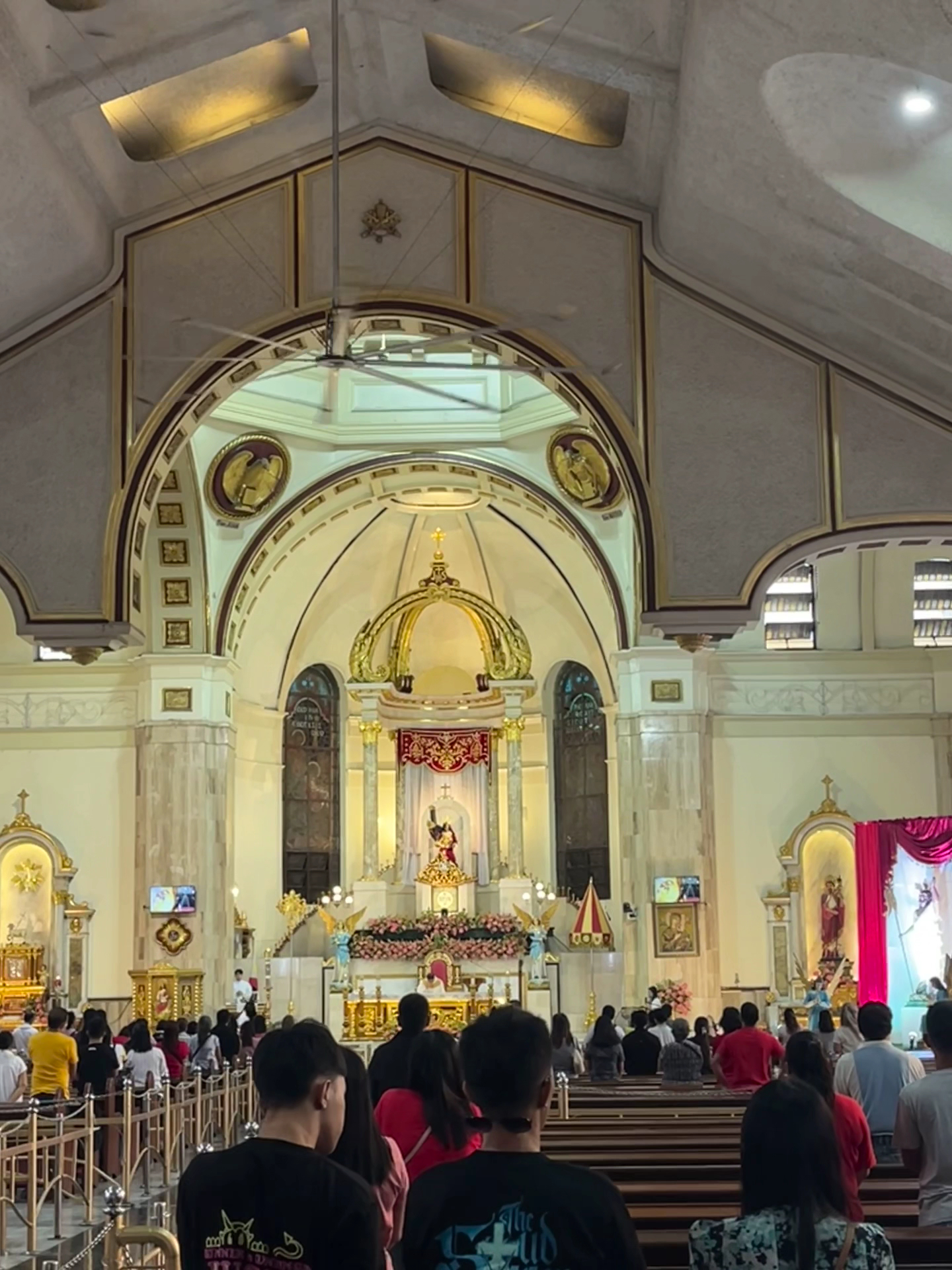Minor Basilica of the Black Nazarene things to do, attractions, restaurants, events info and trip planning

Basic Info
Minor Basilica of the Black Nazarene
910 Plaza Miranda, Quiapo, Manila, 1001 Metro Manila, Philippines
4.7(4.7K)
Open 24 hours
Save
spot
spot
Ratings & Description
Info
The Minor Basilica and National Shrine of the Black Nazarene, popularly known as Quiapo Church and canonically as the Saint John the Baptist Parish, is a prominent basilica in the district of Quiapo in the city of Manila, Philippines.
Cultural
Family friendly
attractions: Luneta carpark, Archdiocesan Shrine of the Blessed Sacrament - Santa Cruz, Manila City (Archdiocese of Manila), Masjid Al-Dahab (Manila Golden Mosque and Cultural Center), Arroceros Forest Park, Plaza Lacson, Carriedo Fountain, Minor Basilica of San Sebastian, First United Building Community Museum, Jones Bridge, Mehan Garden Manila, restaurants: Excelente Chinese Cooked Ham, CK Paterno, Jollibee Manila City Plaza, Globe Lumpia House, Jollibee Don Eusebio Bldg Carriedo, Chowking, Mang Inasal, Jollibee Quinta Market barangay, Jollibee, Ramon Lee Panciteria
 Learn more insights from Wanderboat AI.
Learn more insights from Wanderboat AI.Phone
+63 2 8733 4434
Website
quiapochurch.com.ph
Plan your stay

Pet-friendly Hotels in Manila
Find a cozy hotel nearby and make it a full experience.

Affordable Hotels in Manila
Find a cozy hotel nearby and make it a full experience.

The Coolest Hotels You Haven't Heard Of (Yet)
Find a cozy hotel nearby and make it a full experience.

Trending Stays Worth the Hype in Manila
Find a cozy hotel nearby and make it a full experience.
Reviews
Nearby attractions of Minor Basilica of the Black Nazarene
Luneta carpark
Archdiocesan Shrine of the Blessed Sacrament - Santa Cruz, Manila City (Archdiocese of Manila)
Masjid Al-Dahab (Manila Golden Mosque and Cultural Center)
Arroceros Forest Park
Plaza Lacson
Carriedo Fountain
Minor Basilica of San Sebastian
First United Building Community Museum
Jones Bridge
Mehan Garden Manila
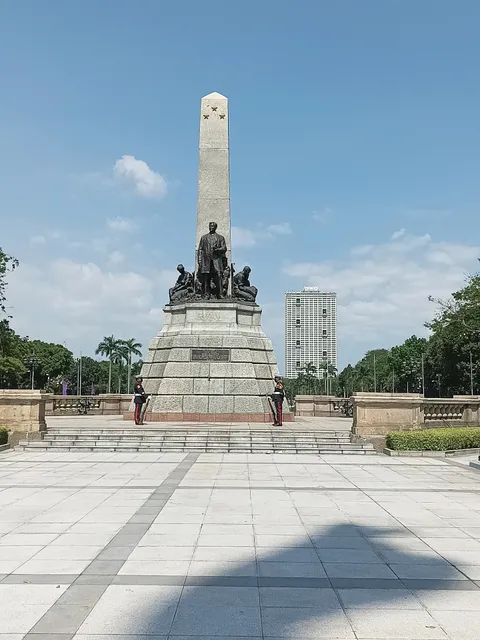
Luneta carpark
4.7
(22)
Open until 12:00 AM
Click for details
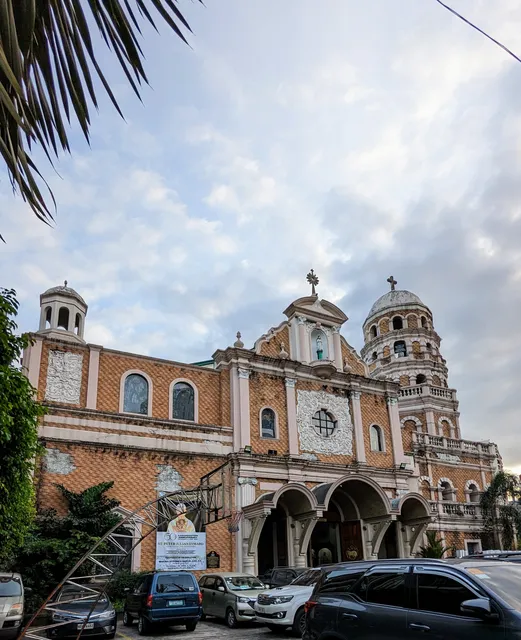
Archdiocesan Shrine of the Blessed Sacrament - Santa Cruz, Manila City (Archdiocese of Manila)
4.6
(845)
Open 24 hours
Click for details
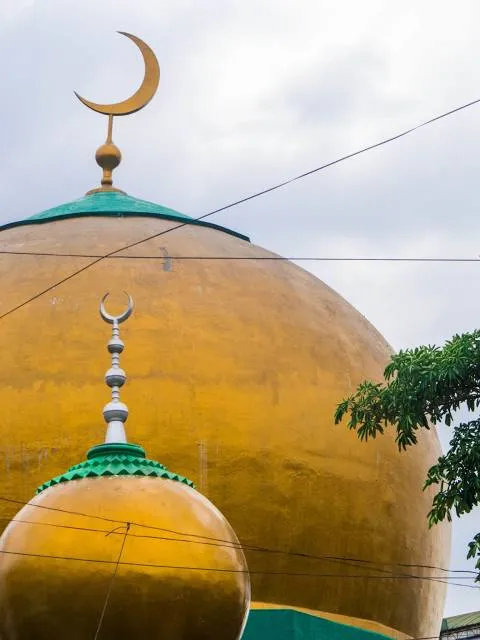
Masjid Al-Dahab (Manila Golden Mosque and Cultural Center)
4.5
(354)
Open 24 hours
Click for details

Arroceros Forest Park
4.5
(603)
Open 24 hours
Click for details
Things to do nearby
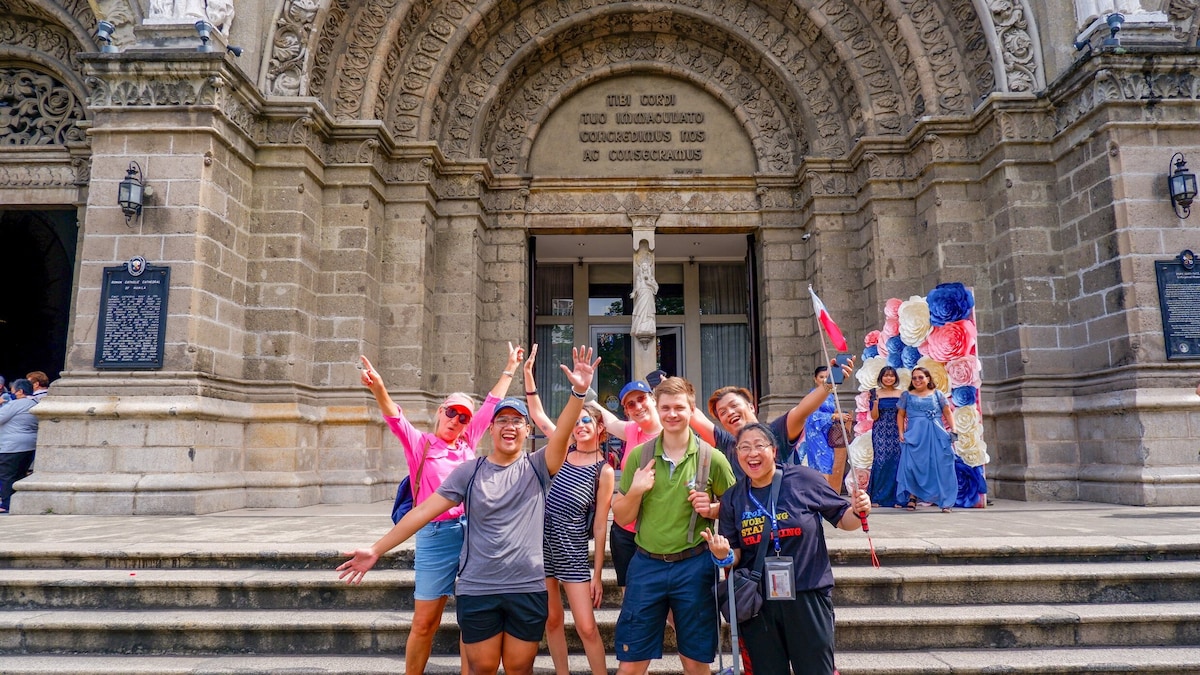
Manila City Tour: Walk, Eat, and Explore
Sat, Dec 27 • 8:30 AM
Makati, 1210, Metro Manila, Philippines
View details

Discover the Real Manila with Tuktuk and Jeepney
Tue, Dec 23 • 2:00 PM
Manila, 1012, Metro Manila, Philippines
View details
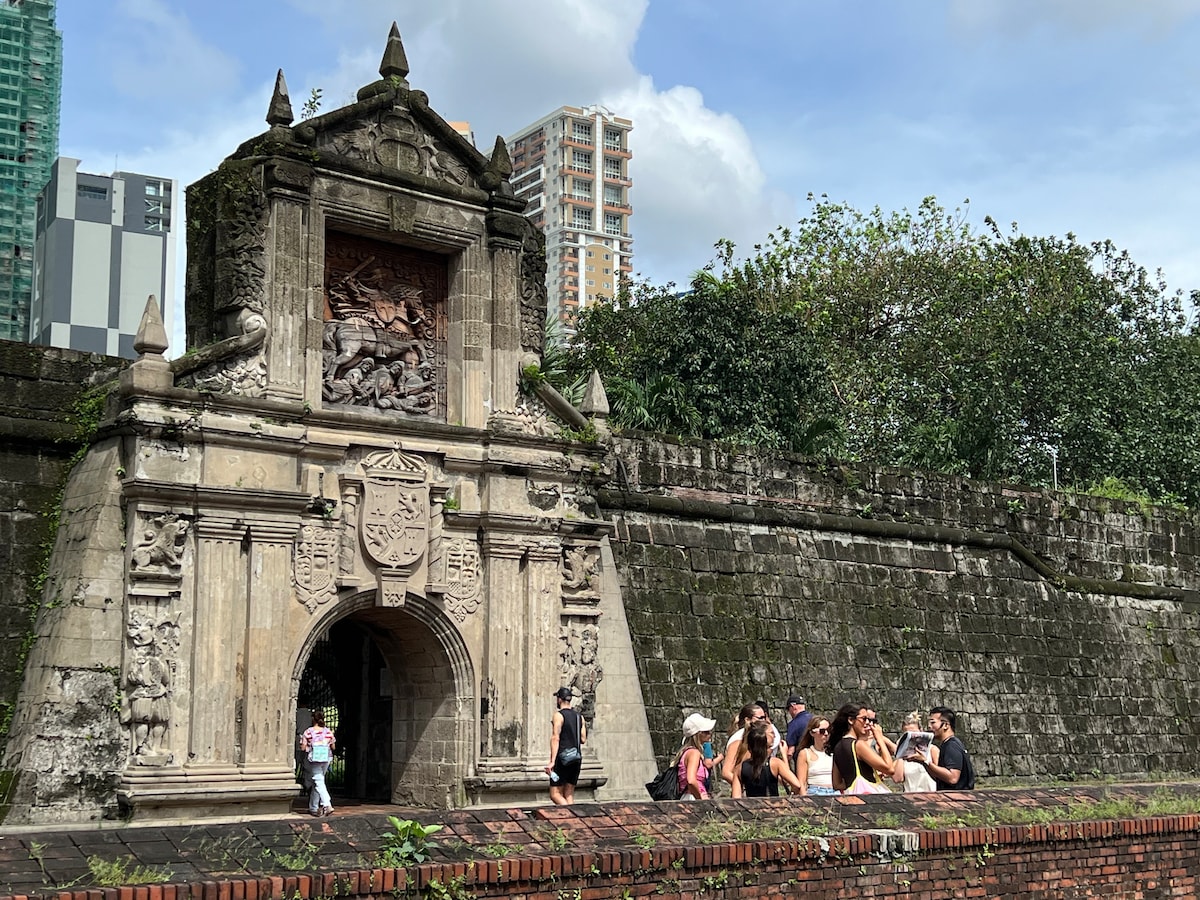
Walking Tour: History and Flavors of Intramuros
Tue, Dec 23 • 3:30 PM
Plaza San Luis Complex
Manila, 1002, Metro Manila, Philippines
View details
Nearby restaurants of Minor Basilica of the Black Nazarene
Excelente Chinese Cooked Ham
CK Paterno
Jollibee Manila City Plaza
Globe Lumpia House
Jollibee Don Eusebio Bldg Carriedo
Chowking
Mang Inasal
Jollibee Quinta Market barangay
Jollibee
Ramon Lee Panciteria
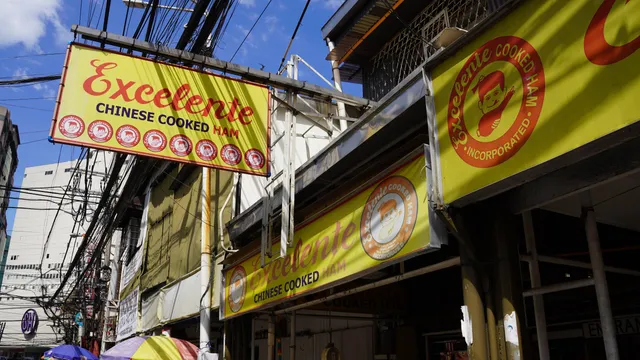
Excelente Chinese Cooked Ham
4.5
(425)
$$
Click for details
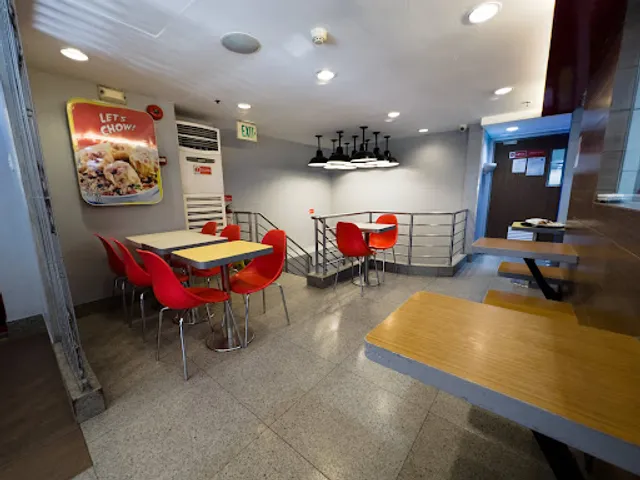
CK Paterno
4.3
(147)
Click for details
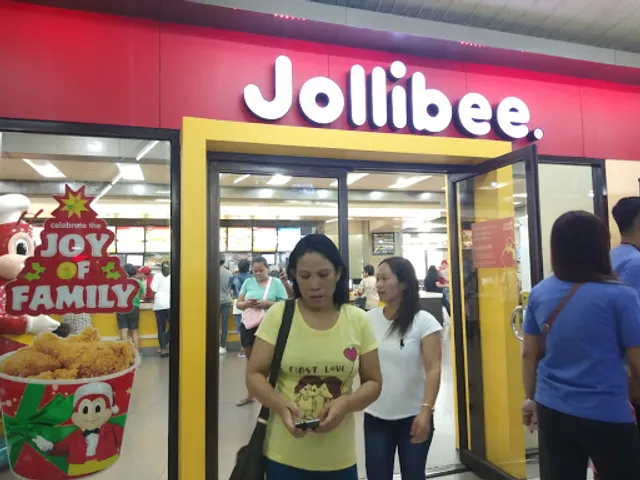
Jollibee Manila City Plaza
3.5
(36)
Click for details
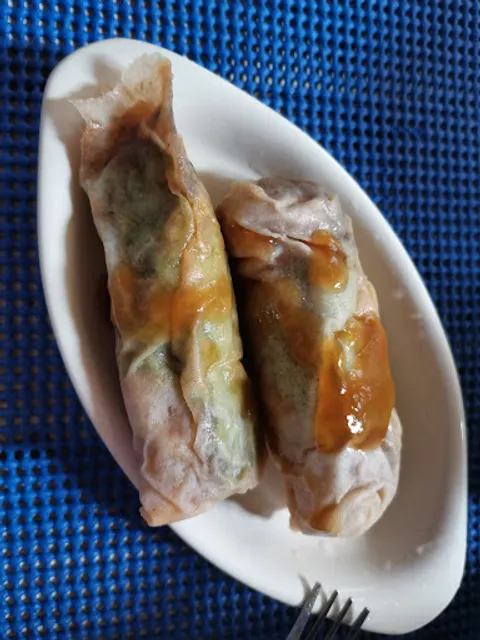
Globe Lumpia House
4.4
(230)
Click for details


